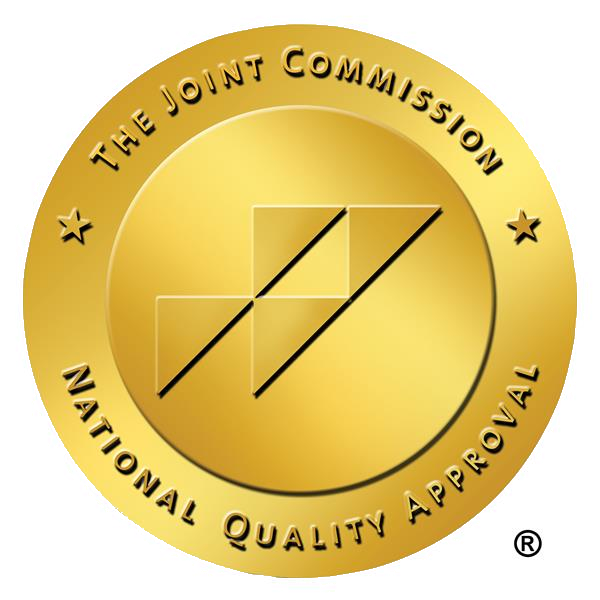Eye Movement Desensitization and Reprocessing (EMDR)
Eye movement desensitization and reprocessing popularity are quickly growing. There is a significant success rate for those who have PTSD or other debilitating problems. After using EMDR, patients with trauma can once again regain control of their emotions and their life.
What is EMDR Therapy?
EMDR therapy is a physical way to help the brain use adult coping mechanisms to heal past traumatic issues with rapid eye movement rather than talking or taking medications.
This type of therapy uses bilateral visual, tactile, and auditory stimulation while the client thinks about the traumatic event in memory or speaks of it to the therapist.
Since its inception in 1987, EMDR treatment has had a successful following that offers benefits in treating PTSD and other mental health disorders.
What Can EMDR Treat?
Although EMDR is not a cure-all for every mental health problem individuals face, it can be relatively helpful for various circumstances. These situations include:
If you suffer from one of these or other debilitating mental health conditions, eye movement desensitization and reprocessing may provide some relief.
What Can You Expect From EMDR?
The EMDR therapy approach can work in a few different ways. For example, some professionals will have the patient focus on their fingers or an item that moves left to right in their line of vision while recalling a past event. Others may use hand-held buzzers that vibrate left to right in sequence.
Other methods can include using lights or tapping on the hands or legs to mimic alternating succession and activate both sides of the brain. EMDR sessions will typically last 90 minutes and gradually move your negative thoughts to more positive ones.
How Does EMDR Work?
When using rapid eye movement therapy correctly, the brain will slowly experience changes to the maladaptive neuron networks. This process helps reconnect different, newer, and more positive thoughts and emotions to an old traumatic event.
By doing this, the body and brain can become unstuck and process the trauma effectively and can help to minimize symptoms, such as anxiety, depression, sleep problems, and others. The result has the patient remembering traumatic memories without the intense and debilitating feelings they once had.
How Effective is EMDR?
Although there are not a lot of studies that outline the effectiveness of EMDR therapy, for many individuals, this method shows improvement compared to receiving no mental health treatment at all. For others, EMDR can help speed up the healing process than when using traditional psychology treatments.
This approach can help guide those who have tried alternative methods of talk therapy with no positive results. While more studies need to look at all the aspects of eye movement desensitization and reprocessing therapy, most individuals who use this method have found success.
Overall, EMDR is one way for individuals to seek positive support for dealing with several mental health problems, including PTSD, anxiety, and depression.





